The Balanced Approach!Following a recent survey on my social media pages, it will come as no surprise to many that there is a high level of trepidation amongst teachers around how a safe return to school will look. Uncertainty, questions and debate hover around teachers like vultures waiting to pounce should schools interpret the guidelines in the wrong way! Anxiety is building, and we want answers. How can we offer a high-quality learning experience and keep everyone safe at the same time? The reality is there will be risk involved in reopening schools, and there is no guaranteed safety. But what are the alternatives, given that this Covid19 is here for the foreseeable future? We need to evaluate the risk and mitigate it in a realistic, practical manner if we are to manage to live alongside this virus. How do the teachers feel about returning to school? We need to address the concerns of the teachers in the classroom. Overall the feedback I have received shows an overwhelming concern for the welfare of children and the quality their learning experience. Teachers care about doing a good job! To get an idea of these concerns, scroll through the messages below. There are hundreds of them, but just a small picture of how teachers all over ireland are feeling. At what point does the mental health of our teachers and children become a more significant risk to health than the virus itself?
Mental Health!I'm afraid along with all else; the responsibility may fall on the principals to make sure their classroom teachers and sna's, who on the best of days have an extremely challenging and stressful job do not end up burnt out! I urge principals to listen to your staff, especially young teachers and NQTs. Please don't overburden teachers with unattainable expectations and overzealous risk assessment. Over-emphasis on cleaning, social distancing, restricted and oldfangled teaching practices will soon bring to light this other problem, MENTAL HEALTH. To the majority, this will do more damage than any risk of this virus simply because it will be present all day, every day in the classroom whereas COVID is not! Understandably, teachers have concerns for themselves, their families and the children they teach, outlined in this post is a range of practical ideas that will help mitigate that risk. But first, to help rationalise those fears, the teacher must understand the virus as much as possible getting their facts from reliable sources*. Informing ourselves is one way we can help validate our concerns. No teacher should go back to school without knowing the basic facts about this disease, so this is where I will start. Bearing in mind there are many unknowns about this novel virus, and research is ongoing. Here is what we know now. Top Ten Facts About Covid19All Civid10 facts stated througout this post are taken from recomended sources WHO, Hiqa and Dr Matt Butler @mjb302 a consultant from the COVID Assessment Unit at Cambridge University Hospitals. All linked and referenced at the end of this blog. We need the science and knowledge to guide our reopening as much as is possible. Knowing what we do about this virus we need to risk assess our teachers on our staff. It is viable to have individual precautions for individual teachers. If it is possible schools should consider putting higher risk teachers into older classes where it is easier to SD and teach using PPE. What might school look like in 2020?The guidelines are open to interpretation. You could take it to one extreme or the other, but I choose the take the Balanced Approach! Some teacher's have an abundance of anxieties around eradicating the virus in their classroom at all costs. These expectations will have teachers on mental breakdown before the children even arrive at their door. A more workable approach would be to reducing risk where possible rather than setting out to eradicate it all together. The ideas shared below support teacher's in REDUCING RISK, NOT ERADICATING it, in a practical, workable manner. 60 Second Cleaning Hacks!It's all well and good to put down on paper that we should clean everything a child touches before another child reaches for it. In reality, we know that this is hugely impractical in an early year setting and let's be honest, impossible. Taking resources out of the classroom is not the answer; putting in place realistic cleaning regimes that are practical and workable long term is. The Essentials
Laundry Bags - Availible on Amazon or Mr Price etc. Use occasionally to clean blocks, lego etc. These are massive ones, and I got three in a pack on Amazon. Also perfect for popping lego or other plastic resources into the dishwasher or washing machine on a quick cycle. A pillowcase would work too. Tuff Tray - I'll be using a large towel laid inside the tuff tray to dry things overnight.
Extra Cleaning Tips
Know Your SurfacesIt is the type of surface the virus lands on that determines how long it will live before it naturally disintegrates.
Cleaning regularly and frequently is key to get us through this time until a vaccine becomes available. But even this can only be done to an extent before it starts to result in other health risk factors such as skin damage and OCD (remember, OCD is a life long condition). Remember - Supporting Classroom Teachers is Essential.Remember I'm not attempting to eradicate the risk of transmission, I'm trying to reduce the risk WITHOUT impacting on my mental health! A rota between ALL school staff who do not work in the class should be arranged to support classroom teachers for 10/15 minutes after school each day with cleaning, and this should include SET and SNA staff members. It is NOT ok to expect a classroom teacher to shoulder the burden of cleaning in schools. This will be a particularly testing time for the teacher in the classroom, get a group text going with your most trusted colleagues, support each other, talk through your worry, share your anger, vent, laugh or cry! Physical Distancing [PD]Physical Distancing Children: Social distancing between children is NOT required in junior infants – 2nd class because it's not possible, not maintainable or simply put, not right, whatever you want to call it. Any attempt to assert social distancing with young children will cause children distress and bewilderment and will be impossible to manage. We MUST continue to be social! I will be teaching the idea of personal space the way I always have. Simply a slightly extended version of the Space Bubbles, it will be playful, happy and a healthy learning experience. Physical Distancing Adults: Physical distancing between adults is critical and the key to stopping the spread of the virus within a school. Group staff into smaller lunchtime groups, hold staff meeting via zoom where possible, if not use the hall. Teacher's who work together in the same class bubble will not always be able to SD but should make every effort. Physical Distancing Adults and Children: Distancing between teacher and pupils is most important, more important than pupils and pupils which you won't be able to maintain. If two children are interacting together, you need to avoid going into that situation to pull them apart because you are putting yourself at higher risk. I understand that PD from children will often be unavoidable so I'll talk you through how to manage that below. BubblesClass Bubbles are the most practical way to minimise transmission within a school. The aim of this system is that classes only mix within their class [single or multi-stream] for the entire school day. However, this will not be possible for the yard in many schools. When your setting doesn't allow multiple yard areas, they should mix with as little other children as manageable. Treat each classroom as a Class Bubble. In smaller primary schools, this may include pupils across a number of class years. The key point is to limit contact and sharing of common facilities between people in different Class Bubbles - DES guidelines Classes passing in the corridor will not cause significant risk. Keep left is a general rule to follow. Within my Bubble I will use three types of set-up at various times during the day.
PODSPods - A group of children that do not mix at any point with the other pods within their bubble. The term 'Pods' as set out in the guidlines are different to groups or tables a class would normally have. Pods are a form of social distancing and are NOT a compulsory requirement contrary to what many teachers seem to think (see DES guidelines below). The restrictions of Pods will hinder learning significantly and impact on wellbeing longterm. Their disadvantages FAR outweigh their benefits. Let me paint a picture of a busy infant classroom where we are all in close proximity for 5 hours a day and let's face it; children move, fact. We come together for teacher-led learning, essential for good communication and classroom management. We change groups multiple times during the day for differentiation (generally speaking, one grouping does not fit all across subjects). Other times during the day pods will mix include PE, maths, literacy, toilet trips, yard, arrival, hometime, moving through corridors. Bear in mind most of the children will skip off together after 1.40 to playdates, childminders, after school clubs and playgrounds. So you have to think is all the effort of pods worth the loss of learning opportunities and stunted social development?
If You Use PodsIf you choose to use pods that is absolutly fine, ultimatly you have to do what your comfortable with and teacher's should have a say in this. But if like me, the thought of confining children to one pod in their class for the foreseeable future turns your stomach than you have a CHOICE not to use them. I have no doubt they'll quickly burn out anyway as the did in the uk and other European countries who after just six weeks following a return to school have scraped the pods within bubbles. Maybe a better option would be to do normal groups. I would, however, suggest you change them up every few weeks in Junior Infants to ensure that children get a chance to get to know their classmates. Building friendships in the early years of school is so important and not every child will click with the child they're sat next to. They need an opportunity to get to know all their classmates, as a parent this is so important, espically if your child has dificulty making friends. Where possible, sit friends together or in the case of JI group, children who know each other from playschool or home. You will need to give yourself the first few weeks to get the pods right and change them as you need to. Common sense people, if Barry and Paul are going to spend the day disagreeing with each other, you're going to have to move them! The most important thing is, don't worry if you need to change the pods around occasionally. It's unlikely you'll get them perfect on the first go, you don't even know your class yet! Don't worry if the pods cross paths or mix during the day; this is unavoidable when working with children. If a child needs to move for whatever reason, let them move. Be reassured in the knowledge that every time a pod does work that is an effort made to reduce potential transmission, and that is the best you can do. And above all else, DO NOT get cross with the children if they don't get it and do not allow the children to become aware of your anxieties. PPETop Tips to keep teachers safer in classroom!Certain times during the day, you won't be able to wear a face mask. Teaching phonics and phonological awareness is one that springs to mind. Most of our communication with children rely heavily on facial expression, body language and lip-reading. Facial expressions are particularly important in the early years where children are just beginning their language learning journey, particularly so for DEIS and EAL children. For this reason, wearing a face mask is not always practical. With this in mind here are a few tips to keep teachers safe in the classroom.
Keeping your family safe!If you have family members at home who are high risk you may want to take some extra precausions. Below are a few suggestions:
Shared ResourcesIndividual Resources
Group Resources
Whole Class Resources
Classroom EnvironmentAs a parent and a teacher who greatly values a child-centred approach to learning, I cannot emphasise enough the importance of creating a learning environment that makes my child feel safe and not scared. Stripping a classroom bear on return to school will frighten children. An infant classroom should radiate play, love and home. A place where children belong. Please consider the following when setting up your classroom:
What Will Curriculum Allocation look like?Play is most certainly the most essential item on the menu for all children! I was absolutely shocked to receive messages from teachers saying they have had all play areas removed from their classroom on return to school. This is seriously worrying and needs to be addressed by the DES with urgency. Play is not only advised as essential in the guidelines but is a requirement of our play-based curriculum. Please take some time to visit @LittleMissTeacher's and read her blog on play here. Clara is a lecturer in Marino Institute of Education. Good integrated, playful learning is the quickest way to cover a range of subject areas and learning outcomes. We have a lot to catch up on, but we can do this! We must recognise, is that the guidelines:
Literacy - Phonological awareness, fine motor development, mark-making should be the focus until Christmas at least! But aside phonics in Junior infants until after Christmas. As the guidelines says "Slow down to catch up!" Follow the links below that will guide you to a range of must-read blogs that support playful teaching in your classroom. To Conclude!After months of worry and anxiety around a return to school, I have accepted that for my mental health, I can only accomplish the possible. So for these reasons, I have set myself achievable goals for the year ahead. Calm and positivity starts with your principal at the top, and radistes it's way right down to the children! If you have made it to this conclusion, I reall hope you feel a little more reassured that 'Back to School' might not have to be all that different after all. We can be prepared and confident that the precaution we must take will be manageable. It's going to be ok. Classrooms will continue to be the happy little hives they should be, cleaning will increase (this has always been an issue in schools, it only took a pandemic to sort it!) Children will play, happy voices will be heard and learning will flourish once again. And for the sake of your sanity don't overthink everything you read online, policies, guidelines, articles (this blog included). No one has all the answers because the story has yet to unfold. I wish you all a happy return to your class! Further Reading and referencesWhile on social media, I have been relatively quiet over the past months, behind the scenes, I have been actively participating in various webinars, heavily researching what we know about this virus and closely following the journey of schools across Europe as they reopened. For this blog, I received advice and support from doctors, nurses and my UK teacher friends, all of whom I am very grateful for their advice. Some of the articles that informed this post are linked below: Corona Virus Disease Evidence Summary for spread of Covid19 by children Myth Busters I attended various UK webinars specific to reopening of early years classrooms. These are available to view on YouTube. I sincerely recommend principals and teachers watch these to help prepare for reopening.
I would like to thank the children who kindly consented to having their work samples and/or photographs used on this website. Infant Education was granted parental permission for the participation of their children on this website. © InfantEducation.ie 2019. Unauthorized use and/or duplication of this material without express and written permission from this site’s author and owner is strictly prohibited. Excerpts and links may be used, provided that full and clear credit is given to InfantEducation.ie with appropriate and specific direction to the original content.
2 Comments
Muireann
13/8/2020 07:21:12 am
This is incredibly helpful and down to earth,hank you so much Zara💜
Reply
Sarah Burgess
18/8/2020 08:39:01 pm
This is such a brilliant resource to refer to -thank you so much for all your work! It's really helped me think through how a day may run.
Reply
Your comment will be posted after it is approved.
Leave a Reply. |




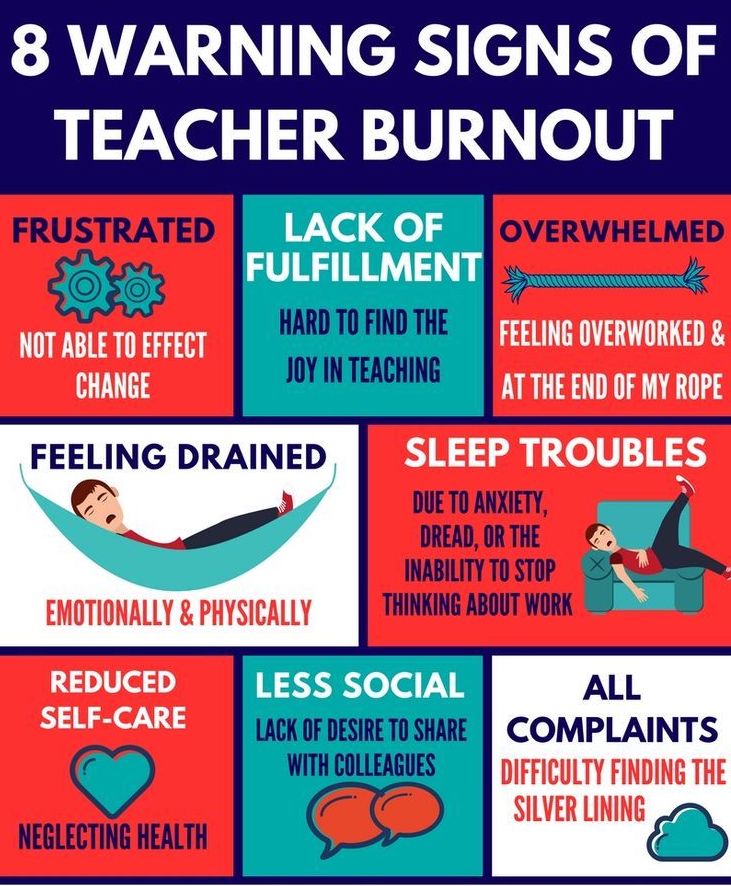


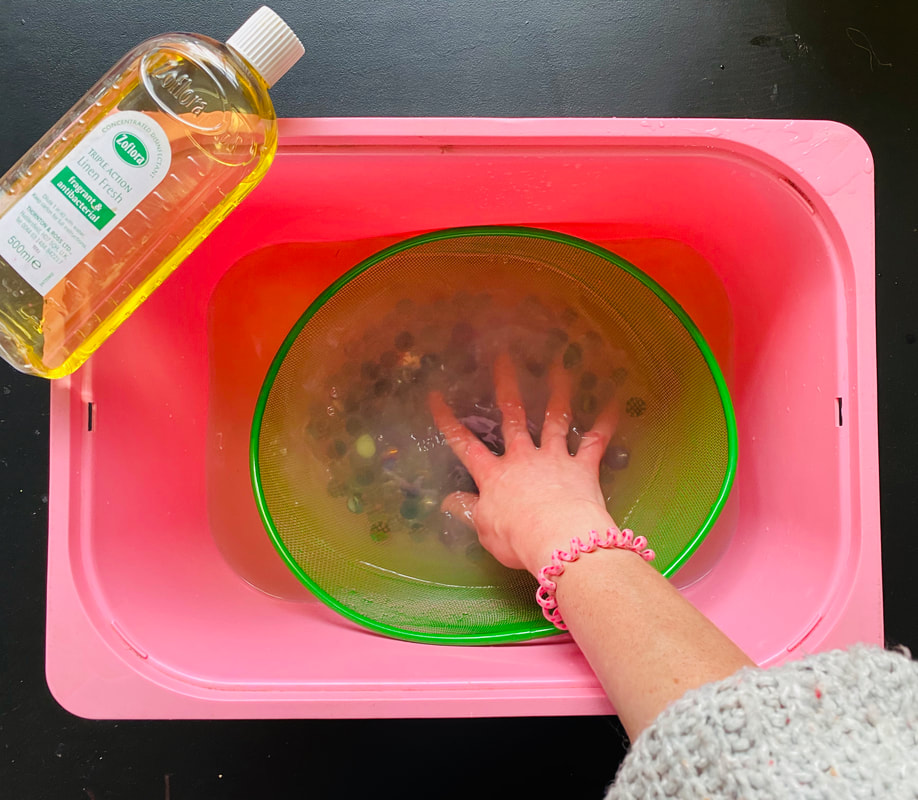




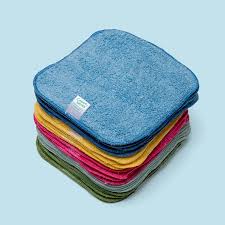
























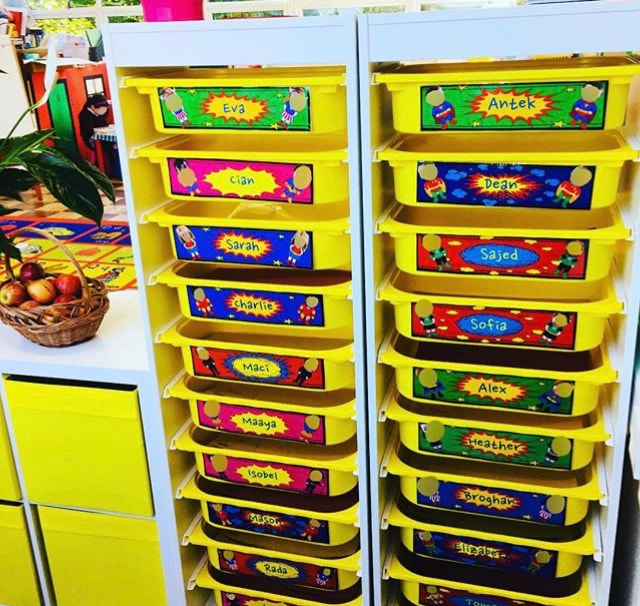
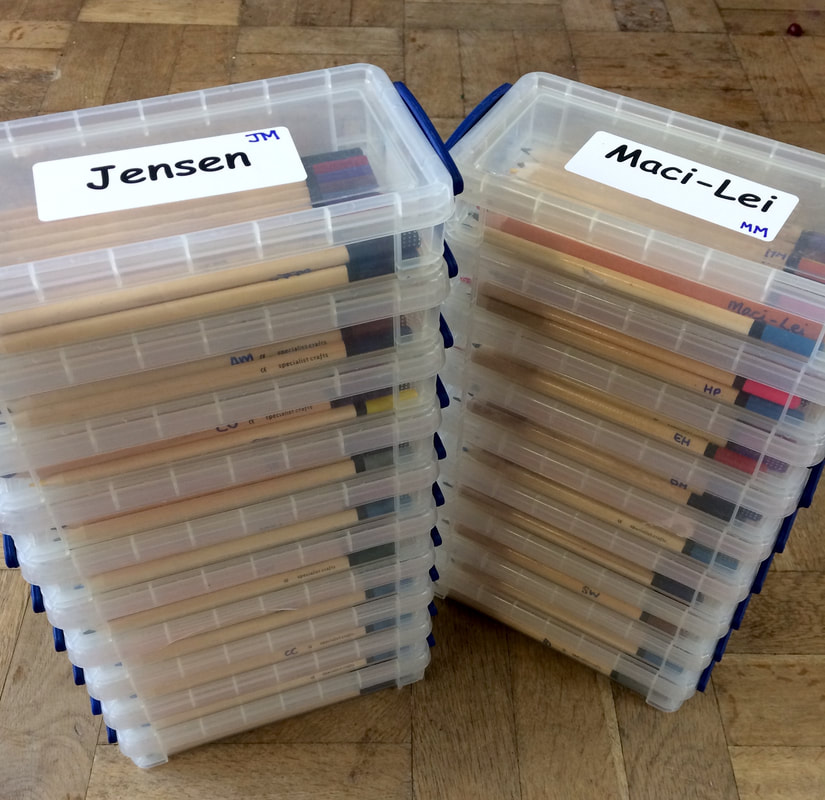


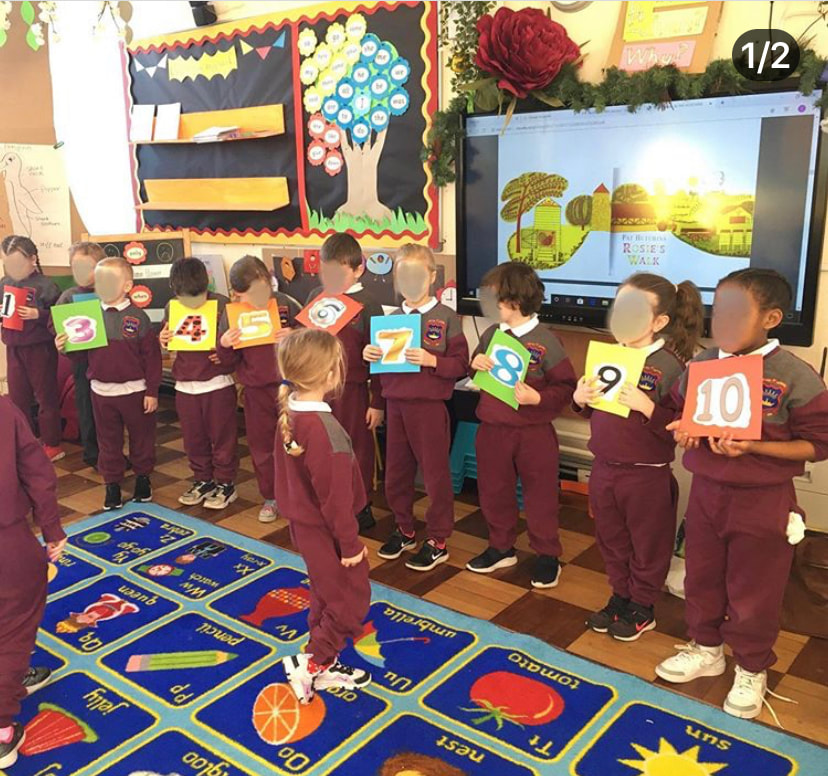








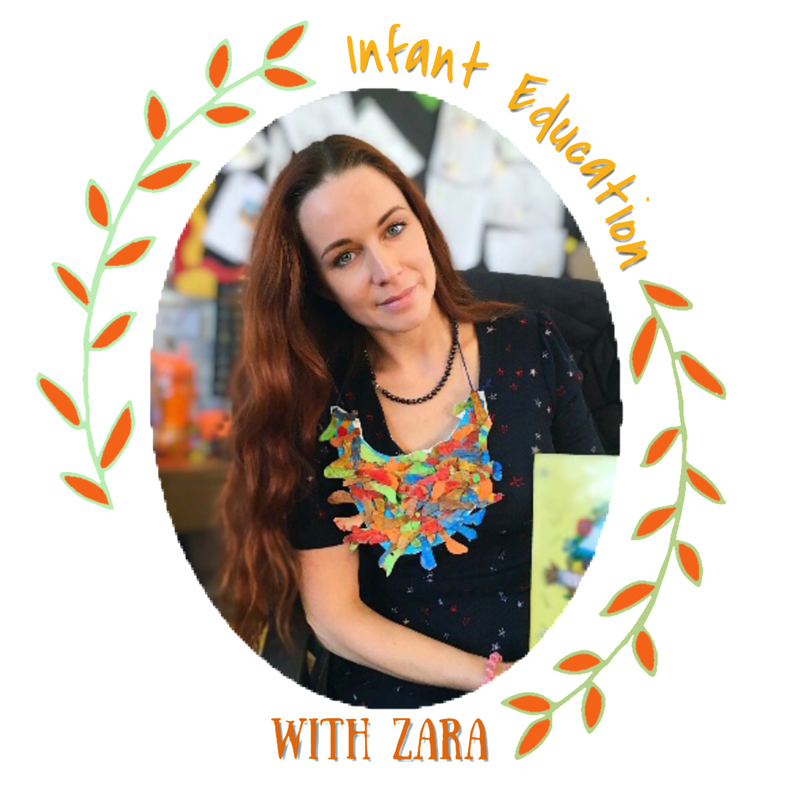
 RSS Feed
RSS Feed